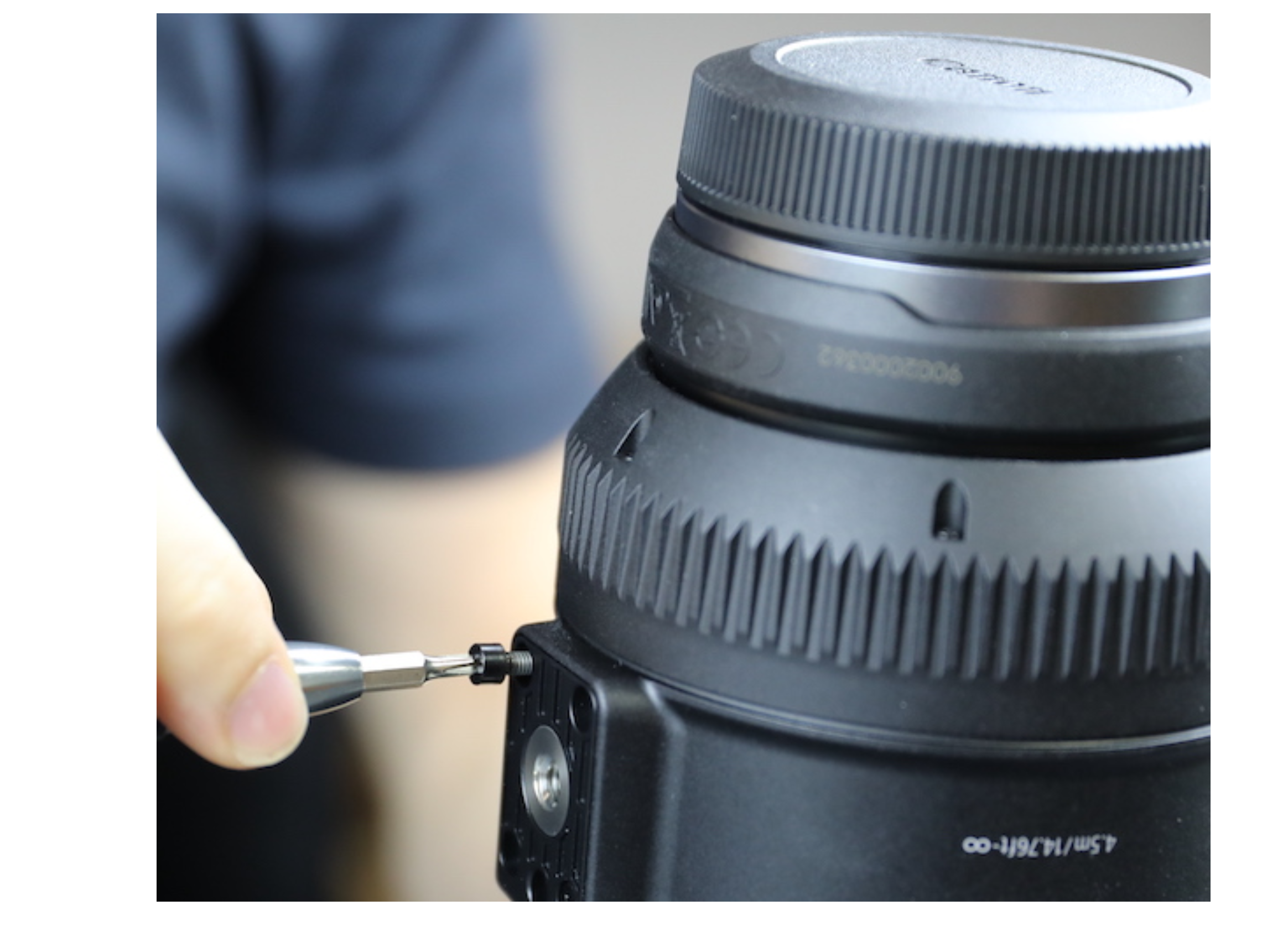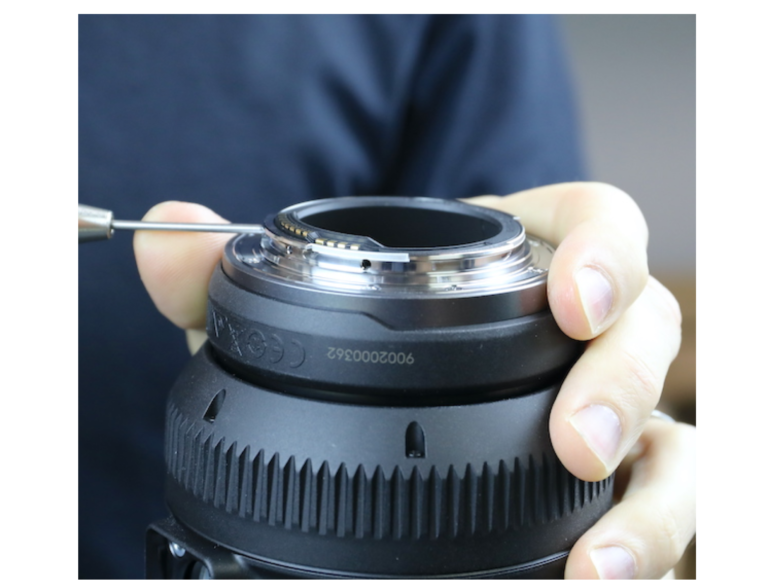Last Updated on 08/24/2020 by Mark Beckenbach
The Canon RF 600mm f11 is a fixed aperture, collapsible lens, and LensRentals decided to do a big teardown!
Ever heard of a Reflex lens? Well, in some ways, the new Canon RF 600mm f11 is built like one. It has a fixed f11 aperture just like many reflex/mirror lenses from way back in the day. LensRentals decided to take the new Canon RF 600mm f11 apart and see what’s inside. Immediately, they noticed a lack of weather resistance at the mount. This, perhaps amongst everything else, is a huge disappointment. If you’re a wildlife photographer, you’re bound to want to shoot with a 600mm lens outdoors. In fact, Roger Cicala of LensRentals told us a bit more about the lens.
When we spoke to Roger Cicala about the teardown, we were somewhat surprised. We know this as a totally different lens than what Canon has made before. The company has a history of creating a few push-pull mechanism lenses, but we’ve never seen one in a prime lens. And beyond that, we’ve also never seen one that wasn’t weather resistant. However, once you think about it a bit more, you start to understand why Canon wouldn’t make this lens a weather-resistant option. That feature is only on their higher-end L moniker lenses. In fact, many of their lenses would have been no-brainer purchases if they were weather resistant. On the flip side, though, they’re very reasonably priced when not an L lens.
Years ago, photographers used to joke that you’re paying a tax to have an L lens. And that’s sort of the case today. However, we have to admit that Canon’s lenses have been particularly innovative. This Canon RF 600mm f11 is no exception to that rule.
Phoblographer: What are your thoughts on the weather sealing on the Canon RF 600mm f11?
Roger: Well, I don’t believe there is any such thing as weather sealing. Spotting scopes are weather-sealed, and the warranty is good if you get it wet. Cameras and lenses are ‘weather-resistant’, and the warranty is void if you get it wet. That being said, I doubt this is very weather resistant, and it certainly is NOT sealed around the camera mount. I’d be more worried about that than the lens. But that’s why I always have rubber bands and baggies in my camera bag.
“We’d found the electronic construction was complex for a Canon lens, or at least very different. The optical construction in the core has a very Canon look, with numerous optical adjustments/compensations using their new, large eccentric collars. I remain convinced this is because Canon is doing automated optical adjustment of subgroups during assembly. Nobody else is adjusting to this degree or in this manner.”
Phoblographer: Do you think that the fact that this lens is black and not white will create major heating issues in the future? Especially with overheating issues, we’re finding with the R5 and R6. Does anything about the build quality lend itself to thinking this?
Roger: I don’t think so. First, the overheating issues with the R5 and 6 are from internally generated heat mostly. Second, there’s a lot of air and fairly free circulation of same in the lens. Third, the big problem with ‘hot lenses was always supposed to be fluorite elements, which have poor thermal characteristics and this lens doesn’t have those. (Neither do some other ‘white’ lenses, but black ones of the same type work just fine for other manufacturers.
All images by LensRentals. Used with permission. Be sure to check out the full teardown here.



